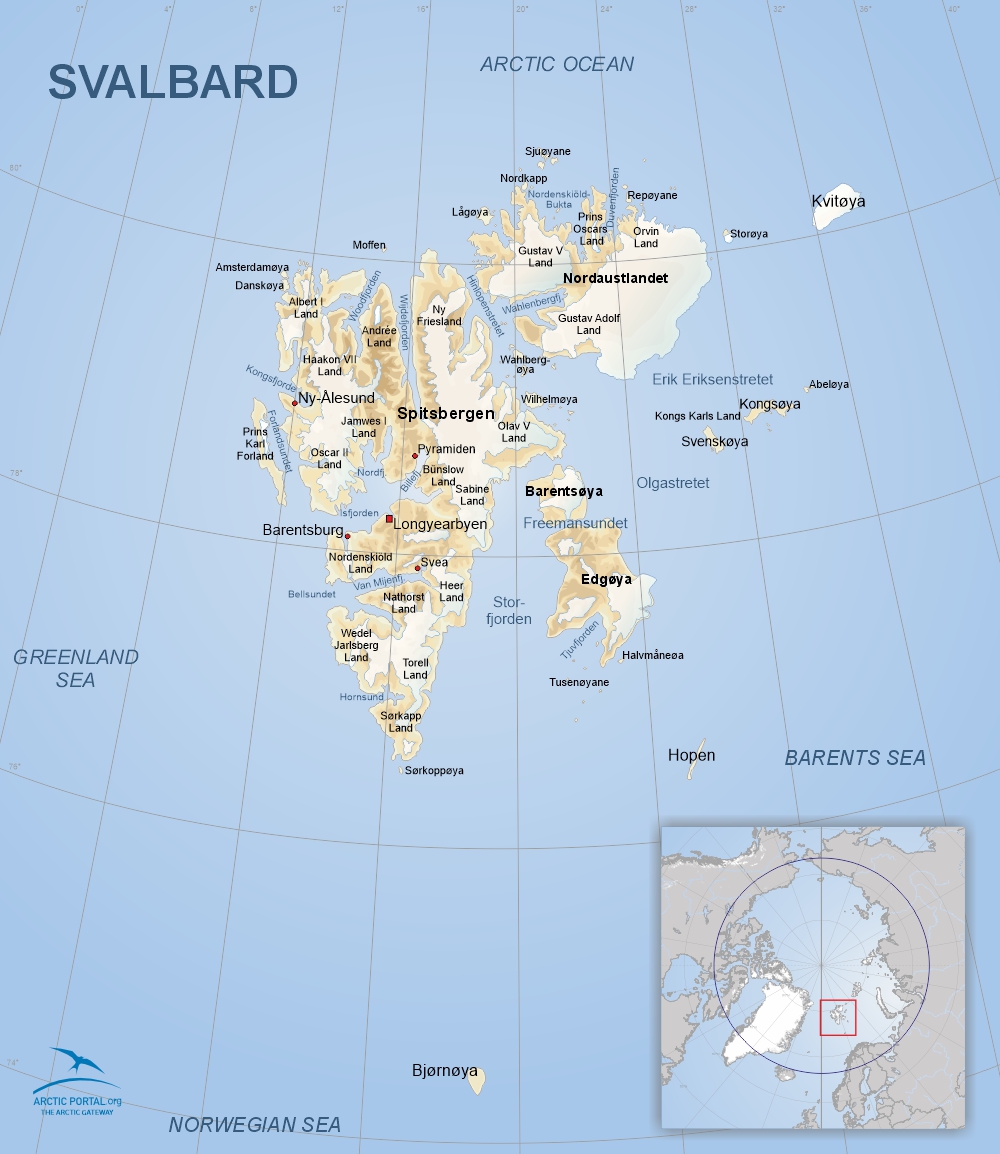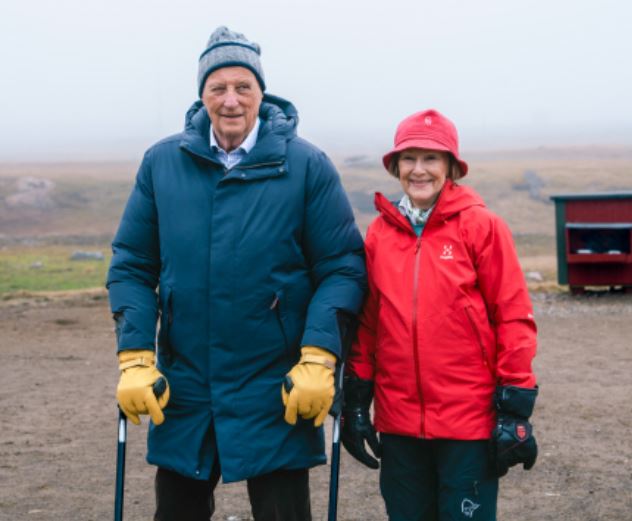A Century in the Ice: Norwegian Royals Visit Svalbard to Mark 100 Years of Arctic Stewardship.Norway’s King Harald V and Queen Sonja arrived in Longyearbyen, the principal settlement in Svalbard, on Monday (16th June) to commemorate 100 years since the archipelago was officially recognized under Norwegian sovereignty. Their visit underscores the region’s critical role on the modern geopolitical stage.
Svalbard, often called “the last wilderness of Europe”, was placed under Norwegian jurisdiction in 1925 through a unique international treaty. Svalbard occupies a strategic midpoint between mainland Europe and the North Pole. The centennial tour offers a moment to reflect on Norway’s unique stewardship and the treaty’s key provisions, which allow citizens of signatory nations to live here visa‑free and restrict military installations, while stopping short of total demilitarization.
Geopolitical Significance in a Crowded Arctic
Svalbard has emerged as a focal point of global attention. Its rich mineral deposits, strategic maritime routes, and potential military uses are drawing interest from superpowers. The visit follows heightened diplomatic activity in the High North, just days after French President Emmanuel Macron visited Greenland and amid renewed rhetoric from U.S. President Trump about acquiring Arctic territories.
Despite Russia’s accusations that Norway is “militarizing” Svalbard, Oslo maintains that its presence is limited to Coast Guard and scientific monitoring, key components of its NATO-aligned role overseeing submarine activity in the North Atlantic.
Svalbard hosts two Russian settlements, Barentsburg and Pyramiden, alongside Norway’s administrative presence. China, now a self‑declared “near‑Arctic” state, continues to promote its “Polar Silk Road” to cut transport times and diversify global trade routes.
Nature as Witness
King Harald, now 88, stood before retreating glaciers, monuments to both time and change. His presence symbolized Norway’s long-standing commitment to protecting the fragile Arctic environment, where polar bears, seabirds, and walrus coexist with human settlements under the midnight sun.
Queen Sonja, known for her love of the arts and nature, took time to speak with schoolchildren and local artists. She viewed drawings made by young residents imagining Svalbard 100 years from now, many showing pristine landscapes and hopeful communities.
 Time Capsules in Permafrost
Time Capsules in Permafrost
The visit included a moment of reflection at the Svalbard Global Seed Vault, humanity’s safety deposit box of biodiversity, buried deep in the permafrost. This vault, opened in 2008, preserves the world’s crop seeds in case of disaster and is one of the few places on Earth designed to endure millennia.
Few other nations have both the privilege and the responsibility of stewarding such a place. The royal presence reaffirmed Norway’s gentle guardianship over a land that belongs as much to science and silence as it does to flags.
Looking to the Next 100 Years
Students from the University Centre in Svalbard (UNIS) greeted the royals with presentations about melting permafrost and Arctic ecology. One biology student remarked: “It feels like we are standing on a page of history—but we’re also writing the next chapter.”
People, Environment & Science on Svalbard
Svalbard has the northernmost settlement in the world. The largest being Longyearbyen with around 2400 inhabitants from around 53 countries. Other settlements are Barentsburg with around 360 inhabitants, Ny-Ålesund with an all-year population of 30 to 35 and a summer population reaching 114, Hornsund with a population of around 10, and the two meteorological stations on Hopen and Bjørnøya.
Svalbard's allure lies in its stark contrasts. From vast glaciers and towering mountains to delicate Arctic flora and abundant wildlife. From polar bears hunting seals to reindeer grazing in valleys, and Arctic foxes darting across the tundra, life thrives. The surrounding waters of Svalbard host a plethora of marine life, including walruses, beluga whales, various species of seals, and seabirds like puffins and guillemots.
In recent years, Svalbard has emerged as a focal point for scientific research aimed at understanding the effects of climate change on Arctic ecosystems. Researchers from around the world converge on the archipelago to study everything from glaciology and oceanography to biodiversity and environmental pollution.
Four permanently manned research communities in Svalbard are Ny-Ålesund, Longyearbyen, Hornsund and Barentsburg. Currently, 18 research institutions from 11 countries have a more or less permanent presence in Ny-Ålesund. Five of these have a year-round presence, while the others are active primarily during the spring-summer-autumn field season. 2023, there were researchers from more than 30 different countries with active projects in Svalbard.
The University Centre in Longyearbyen is the world's northernmost higher education institution and offers courses in Arctic Biology, Geology, Geophysics, Technology and Arctic safety. All courses are taught in English.
The Svalbard Treaty
The Svalbard Treaty was signed in Paris on 9 February 1920 and came into force on 14 August 1925. There were 14 original High Contracting Parties: Denmark, France, Italy, Japan, the Netherlands, Norway, Sweden, the United Kingdom (including Australia, Canada, New Zealand, South Africa, and India), and the United States. Of the original signatories, Japan was the last to ratify the treaty on 2 April 1925. Many additional nations acceded to the treaty after it was ratified by the original signatories, including several before it came into force. As of 2025, there are 48 parties to the treaty.
The treaty establishes Norway’s full and undivided sovereignty over Svalbard. Svalbard is part of the Kingdom of Norway, and it is Norway that ratifies and enforces the legislation that is to apply to the archipelago. Nevertheless, the treaty does include some conditions restricting the enactment of Norwegian sovereignty, and Norwegian authorities are required to see to it that Norwegian legislation and administration respect these conditions.
The 8 Arctic States (Canada, the Kingdom of Denmark (including Greenland and the Faroe Islands), Finland, Iceland, Norway, Russia, Sweden, and the United States) are all parties to the treaty (arcticportal.org-governance).
Source:Det Norske Kongehus, Reuters,
Related news & articles:
AI Sheds New Light on Glacier Retreat in Svalbard: A Stark Warning for the Arctic

